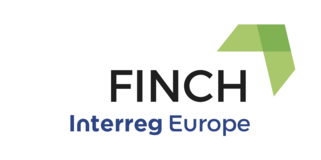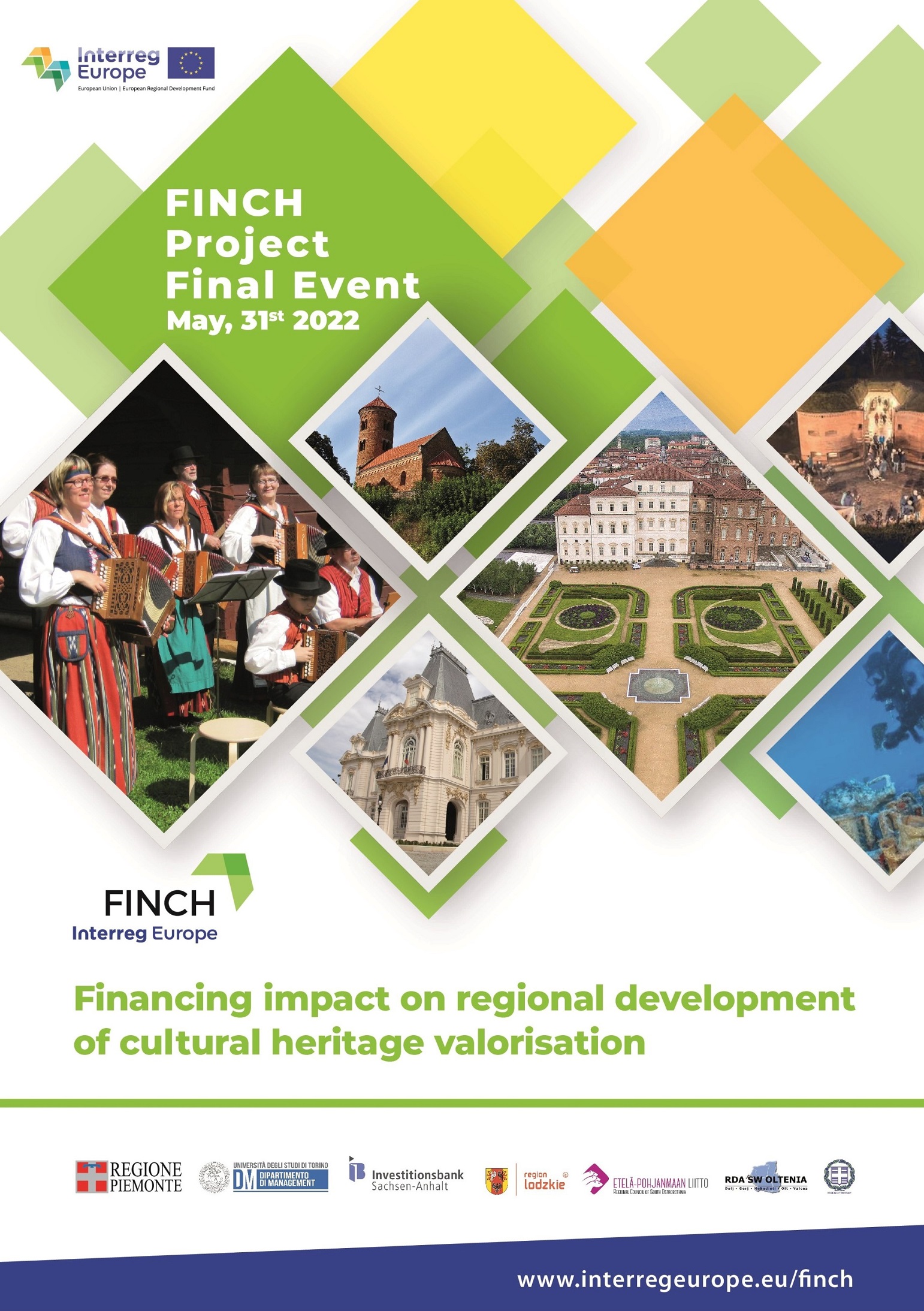The two Good Practices submitted by Regione Piemonte received both a positive evaluation, completing FINCH partnership Good Practices uploading&approval process. Now FINCH Good Practices are all published in the Interreg Europe Policy Learning Platform database and are available to policymakers around Europe interested in cultural heritage valorization for consultation and inspiration .
The Italian Good Practices - available in full in the Project dedicated web section - with relevant expert'evaluations (in blue) are the following:
- Public and Private Partnership to support regional strategic cultural assets' management focused on the integrated governance system of the Residences of the Royal House of Savoy including 22 palaces and villas located in and around Torino (Italy) resulted in a consortium made up of public institutions and private entities
" The practice is a very good example of an innovative governance structure and set-up in the sector of cultural heritage. The participation of public and private entities on different governance levels is a guarantee for higher ownership of the cultural assets and a much better representation of societal interests. It is also a factor for fundraising potential and better visibility leading to higher recognition of the region as a cultural destination. The good practice could be of interest to regions and cities who are looking for innovation in the management of cultural heritage. They could further explore the precise consortium agreements and the responsibilities of individual members"
- Regione Piemonte Crowdfunding for Culture: lessons learned beyond the fundraising formula dedicated to a successful campaign to finance a theatre foyer in the city of Novara within the 1st crowdfunding initiative launched by the Culture and Tourism Unit of Regione Piemonte
"The practice is a very good example of innovative fundraising for cultural heritage preservation and renovation. The good practice demonstrates that besides the financial result a similar campaign has positive impacts on community engagement and serves as a powerful marketing and communication tool. It also creates a sense of ownership among donors. The practice could be of interest to regions and cities with insufficient funding for cultural heritage preservation, willing to experiment with innovative financing tools and engage citizens in the process"











